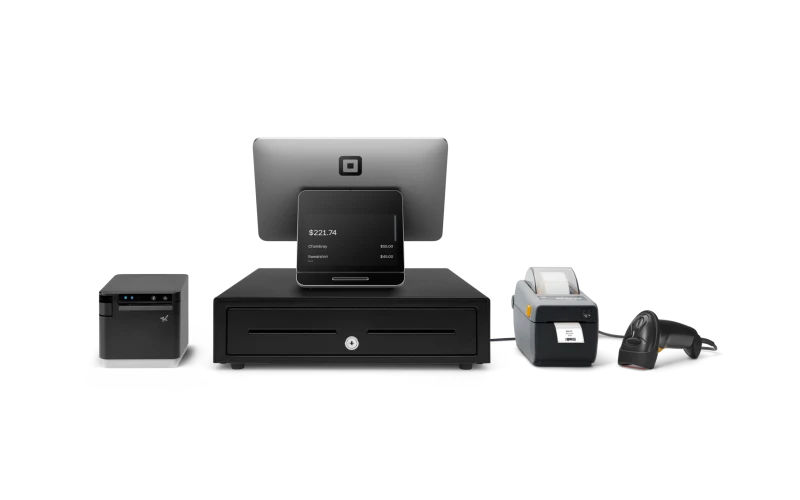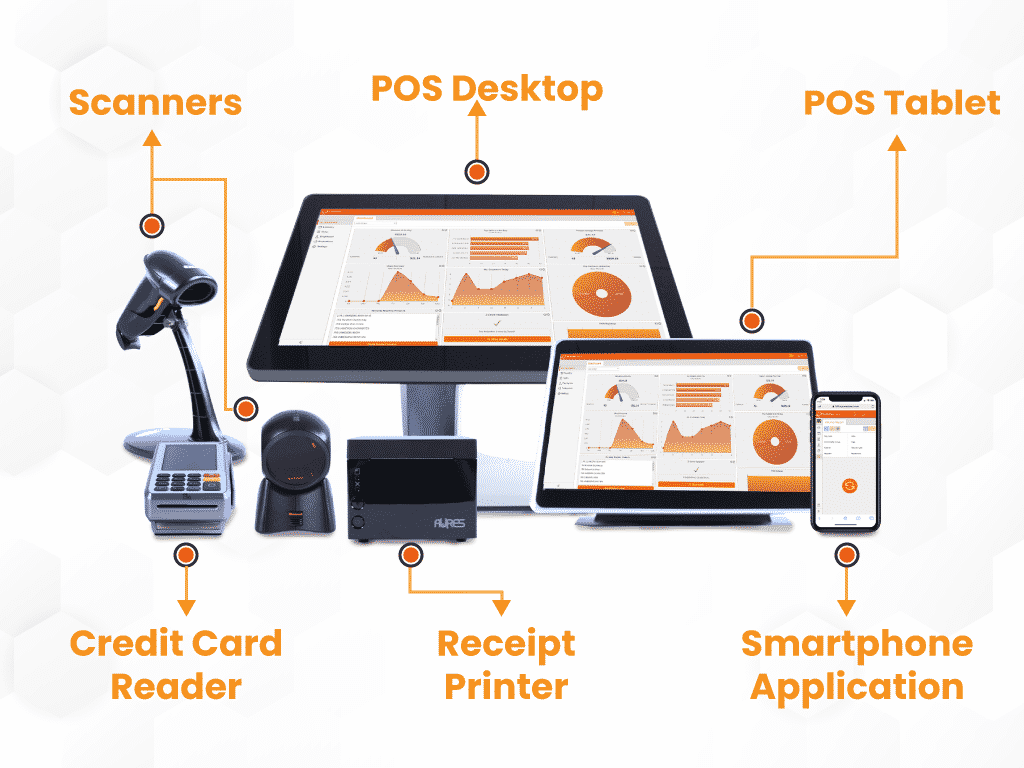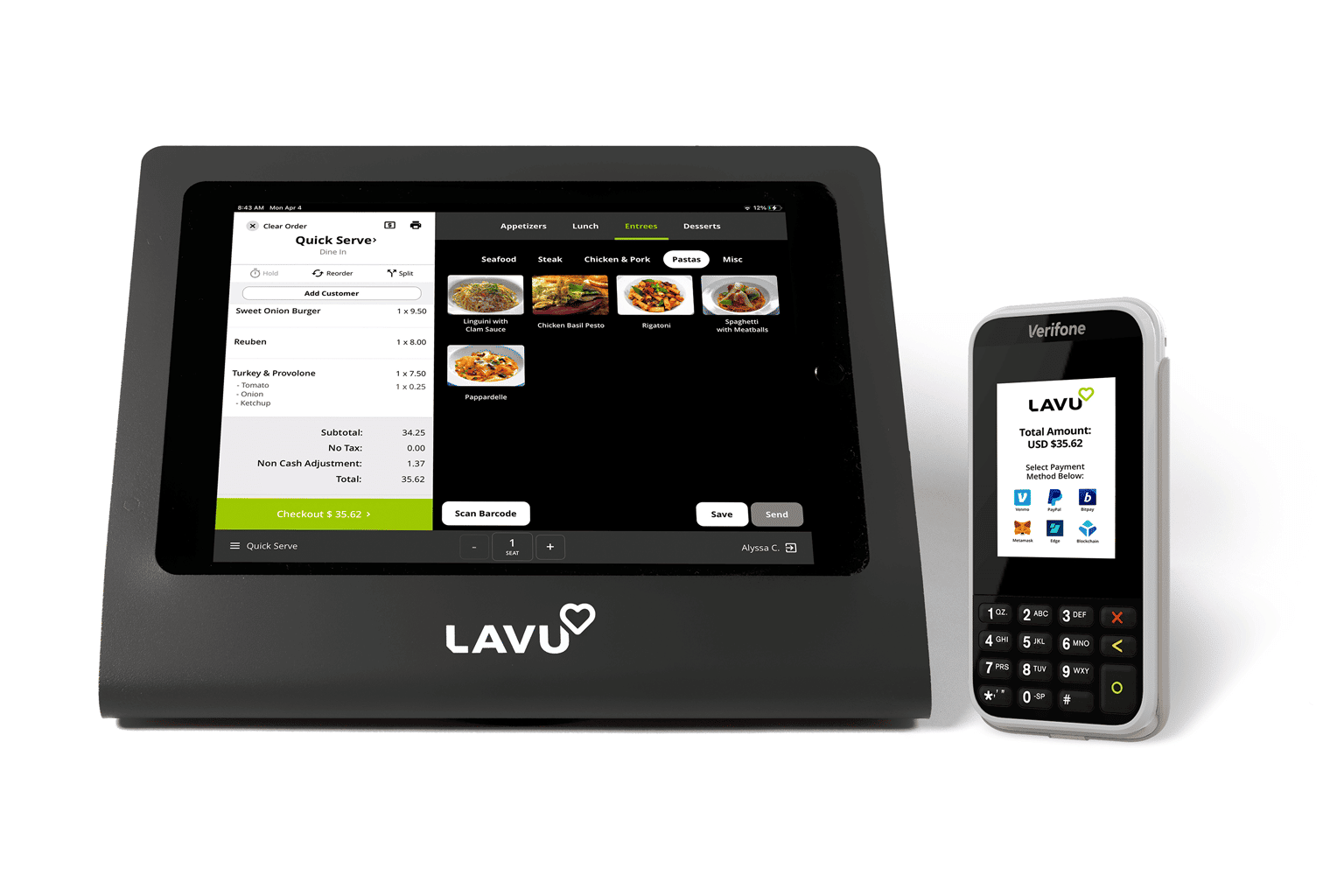Just How POS System Works: A Comprehensive Overview for Entrpreneurs

Recognizing the Parts of a POS System

Just How Sales Deals Are Processed
When a consumer chooses to purchase, the sales deal launches a series of methodical actions within the POS system. Initially, the cashier inputs the items being purchased, which are checked with a barcode reader or manually gotten in. This action gets product details, consisting of prices and relevant tax obligations, from the system's database.Next, the client is presented with the complete quantity due. The POS system after that refines the settlement, whether via cash money, bank card, or mobile settlement methods (Restaurant POS Software). For electronic payments, the POS firmly connects with repayment processors to authorize and confirm the transaction.Once the payment is validated, the system creates an invoice, which can be printed or sent out electronically. This receipt works as proof of purchase for the customer. The deal information is videotaped in the system, guaranteeing accurate sales records and financial monitoring for the service.
Supply Monitoring and Tracking

Efficient stock administration and tracking are important elements of a POS system, as they assure that organizations preserve ideal supply levels and minimize disparities. A robust POS system enables real-time stock updates, mirroring sales and returns instantaneously. This enables entrepreneur to monitor supply degrees precisely, guaranteeing that preferred items are easily available while protecting against overstocking of less preferred products.Additionally, progressed POS systems use features such as automatic supply notifies and reorder ideas, streamlining the procurement procedure. Barcoding and RFID innovation boost precision in tracking inventory movement, lowering human error. Substantial reporting tools supply understandings into stock turnover rates, assisting organizations make informed decisions concerning acquiring and item offerings. Ultimately, efficient supply monitoring via a POS system not only improves operational efficiency but additionally enhances client satisfaction by making sure product accessibility.
Analyzing Customer Information and Insights
Customer data evaluation functions as an effective device for companies using a POS system (Restaurant POS Software). By gathering and analyzing purchase data, companies can discover important insights regarding client habits and preferences. This analysis enables them to determine buying trends, peak purchasing times, and preferred items, consequently notifying inventory choices and advertising strategies.Additionally, organizations can sector their consumer base, permitting personalized advertising and marketing initiatives that deal with specific demographics or acquiring practices. Understanding customer loyalty patterns also aids in establishing targeted promotions and benefits programs.The data gleaned from a POS system can additionally reveal insights right into customer responses, enabling services to make informed decisions concerning product offerings and solution click this link enhancements. Ultimately, leveraging client data effectively can boost the overall buying experience, foster customer fulfillment, and drive profits growth
Benefits of Applying a POS System

Often Asked Concerns
What Types of Services Can Take Advantage Of a POS System?
Different services gain from a POS system, consisting of retail shops, dining establishments, beauty salons, and shopping platforms. These systems improve deals, inventory management, and client data, enhancing functional effectiveness and improving customer experience throughout diverse markets.
Just how much Does a POS System Normally Expense?
The expense of a POS system normally ranges from a few hundred to a number of thousand dollars, relying on functions, equipment, and software program. Organizations must right here take into consideration ongoing costs for assistance, transaction, and upkeep handling when budgeting.
Can I Incorporate a POS System With Existing Software?
Integrating a POS system with existing software is often possible. Lots of systems use APIs or built-in compatibility functions, enabling organizations to simplify procedures and boost capability by connecting numerous software application applications successfully.
What Training Is Needed for Personnel to Use a POS System?
Educating for personnel to use a POS system usually includes understanding software program capabilities, refining deals, handling inventory, and taking care of customer interactions. Practical presentations and hands-on method sessions improve proficiency and self-confidence being used the system effectively.
What Takes place if the Web Decreases While Making Use Of a POS System?
If the net goes down during POS system use, purchases might be interrupted. Lots of systems use offline capacities, permitting standard procedures to continue, yet full functionality, including real-time stock updates, will be restricted. A Point of Sale (POS) system is made up of several essential components that work with each other to handle and help with deals service procedures. Effective stock monitoring and monitoring are crucial components of a POS system, as they ensure that organizations preserve excellent supply levels and minimize discrepancies. Client data evaluation offers as a powerful tool for services using a POS system. Comprehending customer commitment patterns likewise assists in here are the findings developing targeted incentives and promos programs.The information gleaned from a POS system can additionally expose understandings right into consumer comments, allowing services to make enlightened decisions pertaining to product offerings and solution renovations. Implementing a POS system provides numerous benefits that can greatly boost business operations.